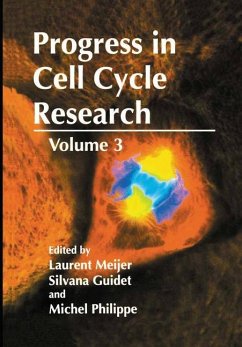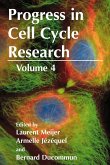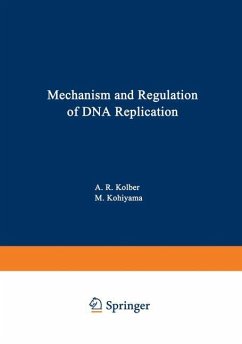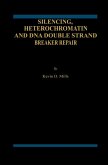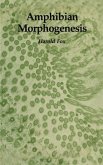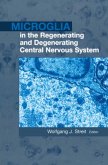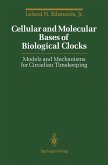The "Progress in Cell Cycle Research" series has been conceived to serve as a collection of reviews on various aspects of a fast growing biology field, the cell division cycle. These reviews do not pretend to cover all aspects of cell cycle regulation and mechanisms but rather focus on a few topics of particular interest in the recent literature. This third volume starts with a broad overview of the diversity of ways by which viruses subdue their host cell cycle (chapter 1). Of particular interest in this area is the case of HN which has recently been extensively investigated (chapter 2). Although most of our understanding of cell cycle regulation derives from work performed in yeast and animal cells, plant models, reviewed in chapter 3 for one of the best studied example, Arabidopsis, are starting to contribute significantly to the cell cycle general picture. In mammals, the regulation of cell division of two types of tissues, the intestine (chapter 4) and the developing muscle (chapter 5) are investigated in an interesting physiological context. Cell division is accompanied by a number of morphological changes. One of them, organelle transport, is starting to be better understood (chapter 6). The next few chapter summarise our knowledge of some essential regulators of the cell cycle. A still intriguing enzyme, casein kinase 2, is reviewed in detail in chapter 7. Some of the most studied cell cycle regulators are certainly the CKI's, cyclin-dependent kinases inhibitors (chapter 8).
Bitte wählen Sie Ihr Anliegen aus.
Rechnungen
Retourenschein anfordern
Bestellstatus
Storno

